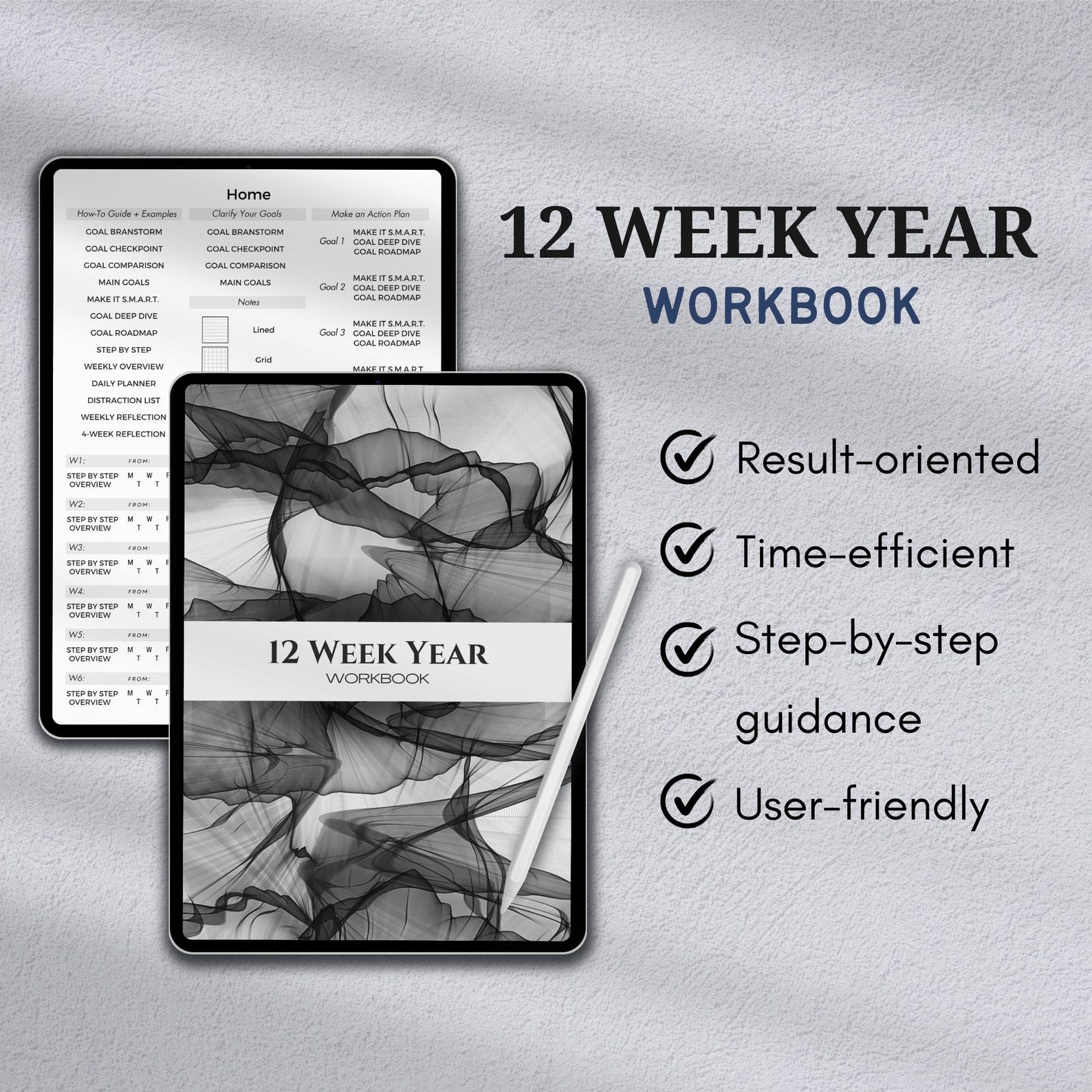You know those moments when you want to speak up, take the lead, flirt, pitch, or perform - but you freeze, overthink, or totally bail?
Yeah, same.
That’s where an alter ego comes in - your internal hype-person, fearless version, or low-key superhero.
An alter ego is a powerful psychological strategy used by everyone from world-class performers to everyday people who want to stretch beyond their comfort zone.
Creating an alter ego isn’t about being fake or pretending to be someone you’re not. It’s about tapping into the parts of you that already exist but don’t always come forward when you need them most. Whether it’s confidence, clarity, boldness, or boundary-setting - your alter ego is a mental tool that helps you become more of you, not less.
In this guide, you’ll learn exactly how to design, name, and embody a powerful alter ego that shows up when it counts. Let’s get into it.
1. Clarify Your Purpose: Why Do You Want an Alter Ego?
Before you begin crafting an alter ego, it’s essential to understand your why. An alter ego isn’t just a fantasy character - it’s a psychological tool. It serves a purpose, and knowing that purpose will make your alter ego both meaningful and effective. Start by reflecting on areas in your life where you feel stuck, small, or misaligned with the person you wish you could be.
Ask yourself:
- When do I feel like I’m holding back?
- What situations trigger self-doubt, fear, or hesitation?
- Where would I benefit from more boldness, charisma, or control?
- What kind of person do I wish I could be in those moments?
Your alter ego should be designed to show up in those specific circumstances - not everywhere, but exactly where you need reinforcement.
Common Reasons People Create Alter Egos:
- To perform under pressure: Athletes, artists, and public speakers often use alter egos to silence the inner critic and step into “game mode.”
- To overcome fear or insecurity: An alter ego can help you act with confidence even when you don’t feel it naturally.
- To set emotional boundaries: For people-pleasers or empaths, an alter ego can protect emotional space and assert needs more clearly.
- To explore suppressed identity: Sometimes we carry parts of ourselves - our sexuality, our creativity, our ambition - that we’ve been taught to tone down or hide. An alter ego gives those parts room to breathe.
This clarity of intention keeps your alter ego grounded. It’s not about pretending to be someone else - it’s about accessing the best, boldest version of yourself when your current mindset isn't serving you.
2. Identify the Gap: Who Are You Now vs. Who Do You Want to Be?
To create an effective and powerful alter ego, you first need to understand the difference between your current self and your ideal self. This “gap” is where your alter ego lives - it bridges the space between the version of you that shows up today and the version you want to show up as when it counts most.
Ask Yourself These Key Questions:
- What traits do I admire in others but struggle to embody myself?
- When do I feel the most limited, quiet, or invisible?
- What behaviors or patterns consistently sabotage my goals?
- What would I do differently if fear, doubt, or shame weren’t holding me back?
This isn’t about self-criticism - it’s about honest self-awareness. Recognizing your internal blockers helps define the specific qualities your alter ego needs to bring to the table.
Examples of Common Gaps:
- From passive to assertive: You’re tired of being talked over in meetings or not standing up for your needs. Your alter ego may be direct, grounded, and unapologetic.
- From hesitant to bold: You hesitate when opportunities arise - so your alter ego is daring, decisive, and thrives in discomfort.
- From anxious to calm under pressure: Your alter ego is unshakable, composed, and exudes quiet authority even in chaos.
- From self-critical to self-expressive: You censor yourself out of fear of judgment. Your alter ego is unfiltered, creative, and trusts their voice.
Identifying these contrasts between your default mode and your desired self allows you to shape your alter ego with surgical precision. It doesn’t need to be someone completely different from you - just someone who already exists within you but needs a stage to emerge.
3. Design the Personality: Build the Inner Architecture of Your Alter Ego
Now that you’ve clarified why you want an alter ego and identified the gap between your current self and your ideal self, it’s time to give this new persona a distinct personality. Think of this like writing a character for a film or novel - except this character is a strategic, empowered version of you.
Your alter ego should feel vivid, specific, and emotionally real. The more clearly you define them, the easier it becomes to step into their mindset when needed.
A. Define Core Traits and Signature Behaviors
Your alter ego should have a distinct personality fingerprint - a unique combination of traits and behaviors that makes them instantly recognizable, even to you. These traits aren’t random; they are deliberately selected to fill the gaps you identified earlier between who you are now and who you want to become.
Think of these core traits as the “superpowers” your alter ego possesses - qualities you admire, crave, or need more of in specific areas of your life. These traits should:
- Directly counteract your current fears, weaknesses, or limitations
- Reflect the mindset and energy needed in high-stakes or transformative situations
- Feel authentic and aspirational - not performative
For example:
- Fearless
- Grounded
- Playful
- Focused
- Charismatic
- Strategic
- Unapologetic
Traits alone are abstract. What makes your alter ego real is how they act in the world.
- A fearless persona doesn’t just “feel brave” - they initiate tough conversations, say what needs to be said, and make decisions quickly.
- A charismatic alter ego makes regular eye contact, uses expressive hand gestures, and speaks in stories, not just facts.
- A grounded alter ego breathes deeply when tension rises, slows their speech, and holds silence with power.
Crafting your alter ego’s core traits and behaviors is like laying down the internal code they run on. It’s not about pretending - it’s about activating a new layer of you that’s been waiting for permission to lead.
B. Inner Beliefs and Attitudes
Your alter ego doesn’t just act differently - they think differently. At the foundation of their personality are deeply rooted beliefs about themselves, others, and the world.
These beliefs shape how they respond under pressure, how they handle rejection, how they pursue goals, and how they navigate power.
To fully embody your alter ego, you must define their internal operating system - their belief framework.
What does your alter ego believe about themselves and the world?
- “I am undeniable.”
- “I create the outcome - I don’t wait for it.”
- “There is no failure, only data.”
- “I don’t chase - I attract.”
- “My voice matters. Always.”
These internal scripts shape how your alter ego reacts to stress, rejection, success, or confrontation. They don’t need to feel “true” right now. They need to feel useful. The more often you operate from them, the more naturally they take root.
By defining the beliefs that drive your alter ego, you’re creating the foundation for consistent, powerful action. Behavior follows belief - so make sure your alter ego’s mind is trained to win.
C. Master the Voice: Communication Style and Presence
Your alter ego isn’t just about what they believe or how they act - it’s also how they express themselves. Voice, tone, language, and body language all contribute to the impact your alter ego makes.
Communication is often the first thing people notice - so it needs to embody your persona with precision.
This doesn’t mean changing your entire personality. It means becoming intentional with how your alter ego speaks, listens, and commands presence.
Step 1: Define Your Alter Ego’s Communication Personality
Start by imagining how they interact in key situations:
- Do they speak with calm authority or fiery passion?
- Do they use few words with weight, or speak fluidly and persuasively?
- Do they ask bold questions or give confident directives?
Step 2: Embody Nonverbal Communication
Your body speaks before you do. Strong alter egos own space with their posture, eye contact, and movement.
Focus on:
- Posture: Upright, shoulders open, relaxed but alert
- Eye Contact: Steady, never darting or avoiding
- Gestures: Intentional, not fidgety - used to emphasize points
- Pacing: Move with calm certainty, not rushed urgency
Even stillness can be powerful. Your alter ego knows when to hold silence to build tension, impact, or control the room.
Communication isn’t just how you talk - it’s how you transmit identity. Your alter ego’s words, tone, and presence should say: “I know who I am - and you’re going to feel it.”
D. Emotional Triggers and Control
Even the most powerful alter egos experience emotion - but what sets them apart is how they respond rather than react. Your alter ego should be equipped with a clear emotional code: they know what fuels them, what drains them, and how to stay in control no matter what environment they’re in.
- How does your alter ego handle fear, anger, or pressure?
- What do they not give energy to?
- What makes them feel alive, powerful, or centered?
Knowing these emotional patterns will help you regulate your real-time behavior when you’re “in character.” Designing your alter ego’s personality is about consciously choosing the energy you want to bring into specific areas of your life. It’s not random - it’s rooted in transformation. You’re sculpting a version of yourself that shows up by design, not by default.
4. Name Your Alter Ego: Give It Identity and Power
A name isn’t just a label - it’s a psychological switch. Naming your alter ego gives it form, focus, and distinction from your everyday self. When you speak, think, or act as this identity, the name becomes a trigger - a signal to step into a new state of mind.
This is not a gimmick. In neuroscience, this technique is known as “enclothed cognition” or “altercasting” - creating mental distance from one identity to embody another. That distance gives you freedom. Naming makes it real. A powerful name isn’t just creative - it’s functional. It activates a mental shift. Your alter ego’s name should reflect the energy, intention, or edge you want to bring forward. The right name makes your persona real, both to you and the world.
Many high-performing individuals use alter ego names to deliberately access a different side of themselves - especially in high-pressure or public-facing situations.
Real-Life Examples:
- Beyoncé – “Sasha Fierce”
- Beyoncé created Sasha Fierce to perform with intensity, sensuality, and confidence on stage - qualities she didn’t always feel as her natural, reserved self.
- Kobe Bryant – “Black Mamba”
- Kobe developed the “Black Mamba” persona during a personal and professional crisis to separate his personal challenges from his game. The Mamba was ruthless, focused, and emotionally untouchable.
- David Bowie – “Ziggy Stardust”
- Bowie used Ziggy to explore otherworldly glam rock themes that gave him the freedom to be radically expressive and unconventional without limits.
- Nicki Minaj – “Roman Zolanski”
- Roman, one of Minaj’s alter egos, is wild, aggressive, and unpredictable - allowing her to unleash energy she didn’t feel comfortable expressing under her own name.
- Gisele Bündchen – “Gisele” (vs. “Gislaine”)
- The supermodel admitted in interviews that she created a runway persona separate from her real, shy Brazilian self. Gisele the model is confident, commanding, and fierce.
5. Develop a Look or Symbol: Activate Your Alter Ego Physically
You’ve built your alter ego’s mindset and named their identity - now it’s time to embody them. A distinct look, symbol, or ritual serves as the physical anchor that allows you to shift into character on demand. This isn’t about dressing up in a costume - it’s about creating cues that signal your brain and body to access a new identity.
Psychologists call this concept “enclothed cognition” - the idea that what you wear and how you present yourself can literally change how you think and perform.
Choose or create a symbol - something you see or touch that connects you instantly to your alter ego’s energy.
Examples:
- A ring that you wear only when stepping into “the role”
- A custom phone wallpaper with your alter ego’s name or mantra
- A pendant, necklace, or charm that represents power, fire, clarity
- A tattoo (real or temporary) with symbolic meaning
- A signature color that signals your persona (e.g., all-black for command, red for impact, gold for abundance)
Build a ritual to activate the persona - this could be something you do before stepping into your alter ego’s world - like an actor getting into character before a scene.
Ritual Examples:
- Playing a specific song that unlocks the mood
- Standing in a power pose for 60 seconds
- Saying your alter ego’s name in the mirror
- Writing a short “activation line” (“Let’s go, [Name].” or “Time to lead.”)
- Applying a signature fragrance with deep breathwork
6. Practice Embodiment: Make Your Alter Ego a Lived Experience
Creating an alter ego is only powerful if you live it. Once you’ve defined your persona, named them, and designed their visual identity, the next step is practice - the process of regularly stepping into that character until it becomes natural in the moments that matter.
This is where many people stop - but embodiment is where the transformation really begins.
Step 1: Start in Low-Stakes Environments
Begin by activating your alter ego in small, everyday situations. The goal isn’t to perform, but to experiment - build fluency with your new persona.
Try:
- Speaking up more boldly in casual conversations
- Wearing your alter ego’s accessory to the grocery store or gym
- Writing an email or social media post in your alter ego’s voice
- Practicing posture, tone, or eye contact in the mirror
Step 2: Use Your Alter Ego in High-Impact Moments
Once you’re comfortable, start calling on your alter ego when it counts.
Key opportunities:
- Public speaking or performances
- Job interviews or negotiations
- Creative work (writing, performing, designing)
- First dates or social events
- High-stress conversations or boundary-setting moments
Over time, you may notice something interesting: your alter ego’s traits begin to merge with your default self. That’s the ultimate goal. The traits you once had to activate become traits you simply own.
The confidence becomes natural.
The boundaries become easy.
The creativity becomes effortless.
At this point, you may no longer need the full ritual. You’ve integrated the persona. The alter ego isn’t a mask - it’s now you, fully claimed.
The alter ego you create isn’t a disguise - it’s a door. A door to more courage, more clarity, and more control over how you show up in the moments that matter.
By naming your alter ego, designing its traits, and practicing embodiment, you're not becoming someone else - you’re activating the part of you that’s been waiting to lead.
So the next time you feel yourself hesitating, shrinking, or second-guessing, pause - and step into the self you chose to become.
The power has always been yours. Now you know how to use it.






.png)
.png)


.png)







.png)



0 Comments